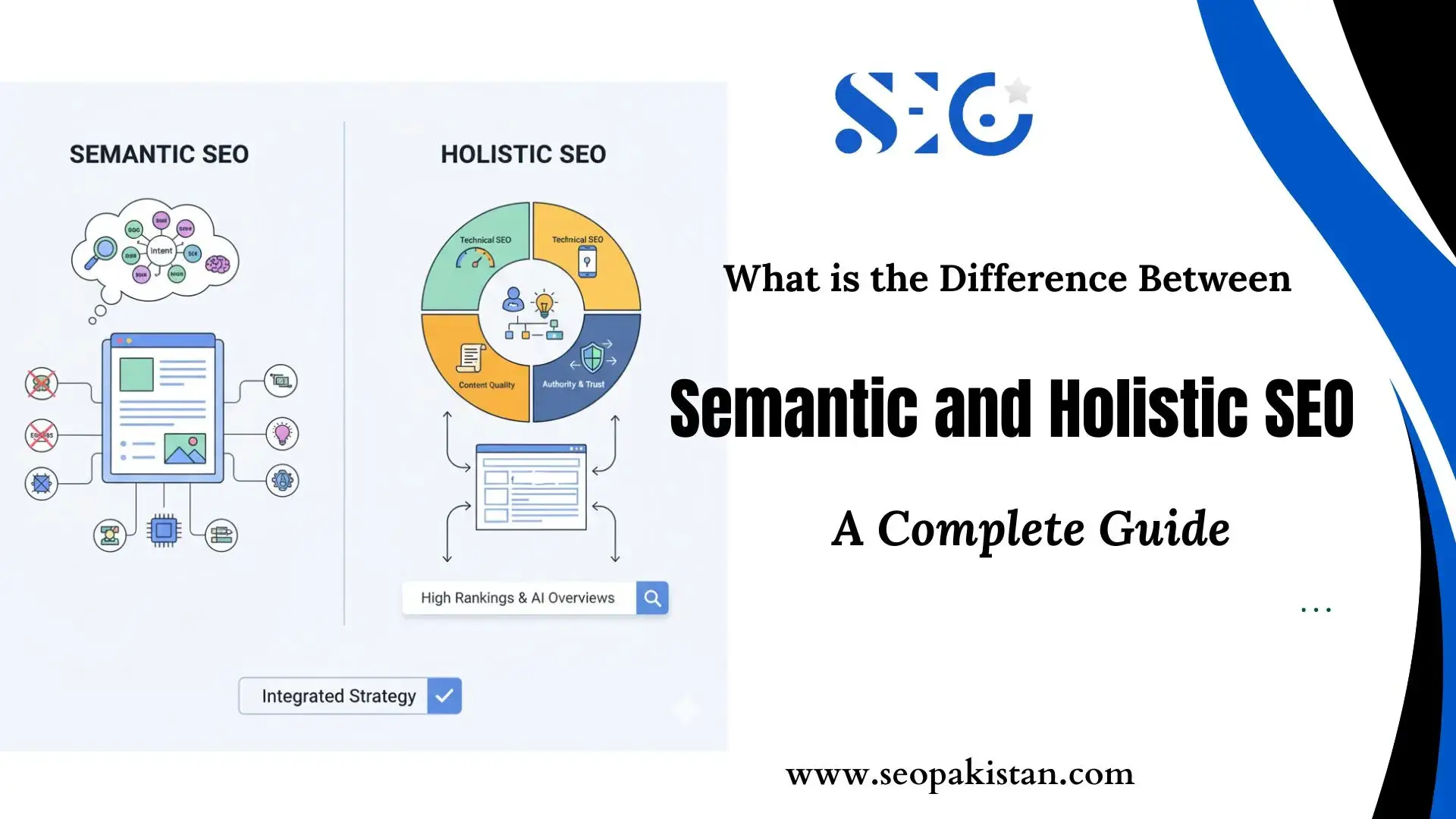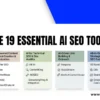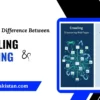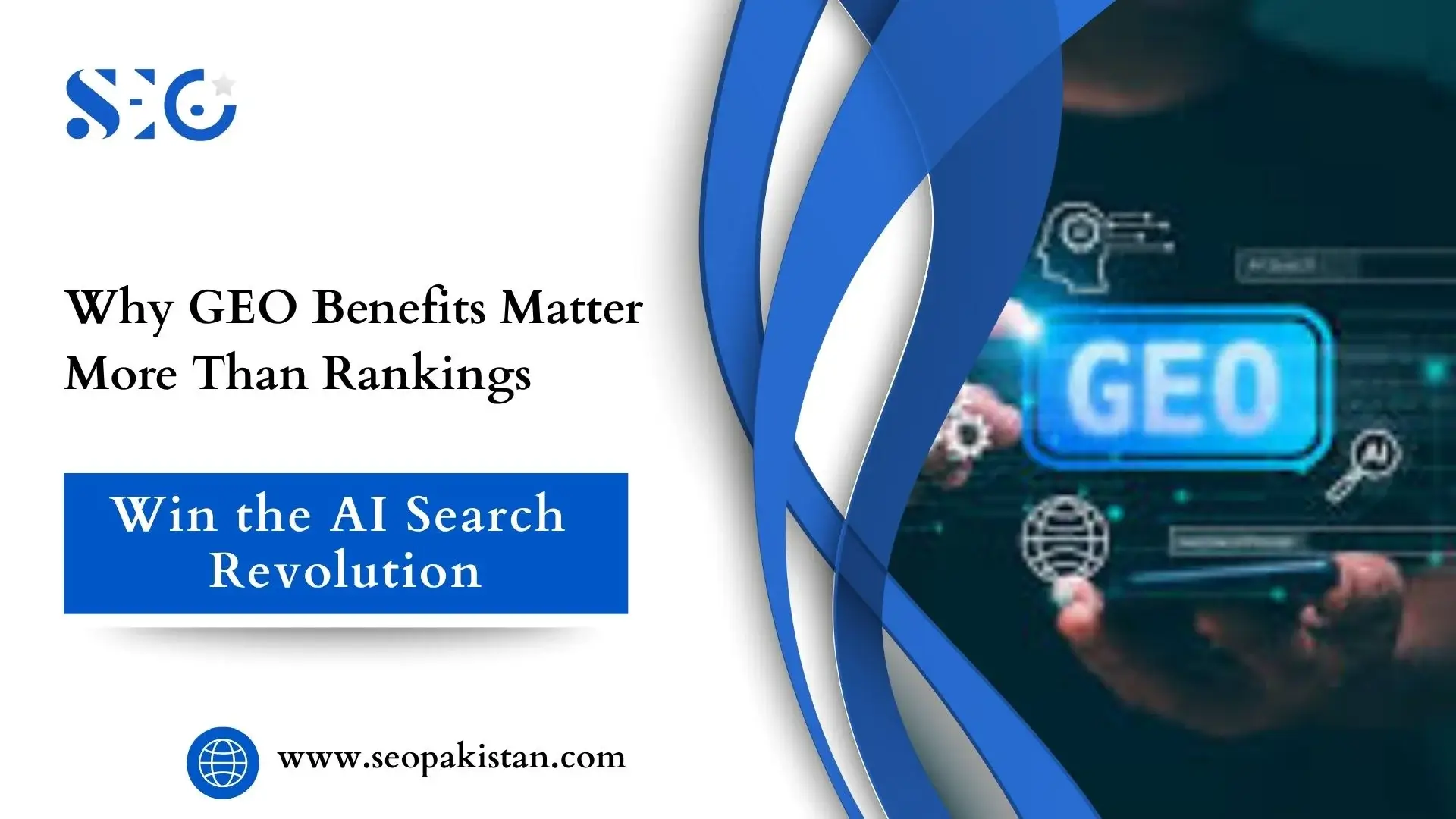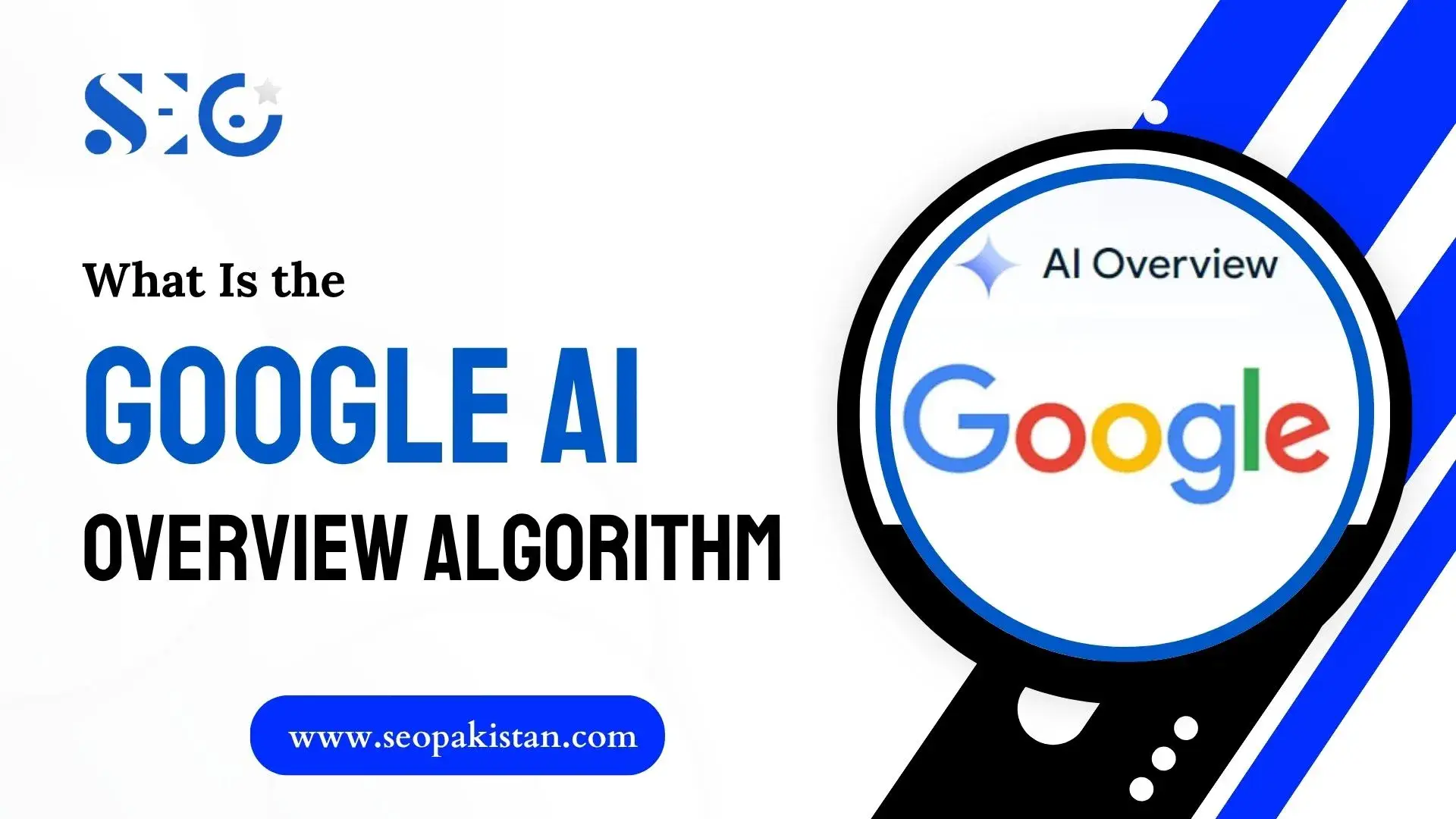Is your SEO strategy built for a keyword-stuffing past or a meaning-driven future? Because the world of search optimization has undergone a fundamental change. Modern search engines, powered by sophisticated AI models like Google’s Gemini, no longer just read keywords; they strive to understand meaning, context, and user experience.
This evolution has given rise to two critical, often confused, optimization paradigms: Semantic SEO and Holistic SEO.
The simplest way to understand them is through an analogy. Imagine Semantic SEO as the Content Focus (The Message) and Holistic SEO as the Scope Focus (The Platform). For true search optimization success, you do not choose one over the other; you integrate them.
One builds the stage, and the other delivers the star performance. Without a solid stage, the performance falters. Without a compelling performance, the stage remains empty.
This guide will clearly define each approach, unpacking the critical difference between Semantic and Holistic SEO across 12 key aspects. We will also provide an integrated roadmap to help you dominate the search engine results pages (SERPs).
Semantic SEO | Optimizing the Message
Semantic SEO is the evolution of content strategy. It shifts the focus away from optimizing for individual keywords and toward optimizing for topics, entities, and deep user intent. The primary goal is to deliver a comprehensive answer that satisfies the entire context of a user’s query, positioning your content as the most authoritative resource available.
From Keyword Stuffing to Topical Authority
Semantic SEO exists because Google has learned to interpret language naturally. Search engines moved past the ineffective practice of relying on high keyword density and now judge content based on its contextual relevance and the use of related concepts, often referred to as Latent Semantic Indexing (LSI) keywords.
The objective is to convince the search engine that your content is the definitive source on a subject. This makes it highly valuable for inclusion in rich results, like featured snippets, and for sourcing answers in new AI-generated overviews.
Key Tactics of Semantic SEO

How do you implement a semantic strategy? It involves a few core tactics that signal expertise to search engines.
- Entity Optimization: This involves clearly defining the people, places, things, or concepts known as entities within your content. By establishing clear relationships between entities, you eliminate ambiguity and help search engines understand your content with greater precision.
- Topic Clusters: This strategy involves creating a network of interlinked content that exhaustively covers a central subject. A main “pillar” page provides a broad overview, while multiple “cluster” pages explore related subtopics in detail, linking back to the pillar and to each other.
- AI Overview Readiness: This requires structuring content so that AI models can easily extract a concise, factual summary. A popular method is the “Answer, Then Explain” format, where you provide a direct answer to a question at the beginning of a section before expanding on it with more detail.
Holistic SEO | Optimizing the Platform
While Semantic SEO optimizes the content itself, Holistic SEO is the comprehensive strategy that views the entire website as a single, interconnected ecosystem. It is concerned with every aspect that influences a user’s experience and Google’s trust, extending beyond content quality to the entire platform’s integrity.
Holistic SEO ensures that when a search engine finds your brilliant, semantically optimized content, that content resides on a fast, trustworthy, and user-friendly platform. A technically flawed website will undermine even the best content.
The Four Interconnected Pillars of Holistic Success

Holistic SEO demands harmony across four interconnected areas. What are these foundational pillars?
- Technical Excellence: This is the site’s foundation. It involves optimizing Core Web Vitals (which measure loading speed, interactivity, and visual stability), ensuring mobile responsiveness, and guaranteeing easy crawlability for search engine bots.
- User Experience (UX): This pillar focuses on the user’s journey. It includes intuitive navigation, a clear and accessible design, and content that encourages engagement, thereby reducing bounce rates.
- Content Quality (Utility): This is where Semantic SEO resides. The content itself must be valuable, original, and complete, providing real utility to the user.
- Authority & Trust (E-E-A-T): This pillar relates to the site’s reputation. It involves acquiring high-quality backlinks from reputable sources and demonstrating Experience, Expertise, Authoritativeness, and Trustworthiness in your content and author profiles.
Semantic vs. Holistic: 12 Main Differences
The core difference between Semantic and Holistic SEO is simple: Semantic SEO is a specialized component focused on content, while Holistic SEO is the overarching strategy focused on the entire domain’s success.
The table below breaks down their distinct focus areas:
| Aspect | Holistic SEO | Semantic SEO |
| 1. Primary Focus | The Platform (Entire website health and user experience). | The Message (Content meaning, entities, and user intent). |
| 2. Strategy Scope | Comprehensive (Covers Technical, UX, Content, and Authority). | Specialized (Focused solely on the Content pillar). |
| 3. Main Goal | Build a sustainable, trustworthy, and fast-performing website. | Achieve Topical Authority and answer questions definitively. |
| 4. Relationship | Semantic SEO is a subset of this strategy. | Holistic SEO is the container for this strategy. |
| 5. Technical Priority | Core Web Vitals (Speed, Mobile-first) and Crawlability. | Structured Data (Schema Markup) to define relationships. |
| 6. Content Structure | Organized site architecture and clean internal linking. | Topic Clusters and “Answer, Then Explain” formats. |
| 7. Keyword Focus | Balanced use of relevant keywords for overall visibility. | Synonyms, LSI, and long-tail variants matching deep intent. |
| 8. Authority Building | E-E-A-T and acquiring high-quality backlinks. | Built through comprehensive coverage that others naturally cite. |
| 9. Search Metric | Overall, organic traffic growth and domain ranking. | AI Overview citations and featured snippet wins. |
| 10. User Experience | High priority; addresses site design, navigation, and flow. | Supports UX by delivering perfectly relevant content. |
| 11. Search Future | Prepares the site for new technical requirements. | Prepares content for Generative AI and conversational search. |
| 12. Implementation Start | A full site audit and fixing technical debt. | Topic research and entity mapping. |
The Essential Overlap and Why Integration is Mandatory
The biggest mistake a business can make is treating these two strategies as mutually exclusive. They are not rivals; they are partners in modern search optimization. One cannot achieve its full potential without the other.
The relationship is one of necessity. Consider these two critical dependencies.
- The Dependency: Your brilliant, semantically optimized content (The Message) will fail if your Holistic foundation (The Platform) is slow, broken, or untrustworthy. A user who clicks away before your page loads will never read your expert advice.
- The Utility: A technically perfect, fast-loading site is an empty shell without high-value, semantically rich content. Without it, the site provides no actual utility to the user and will struggle to earn authority or rank for meaningful terms.
Only by integrating semantic content within a holistic framework can you satisfy both the search engine’s algorithm and the user’s needs. This combined approach creates a powerful synergy that drives sustainable growth and establishes a strong competitive advantage.
Part V: Actionable Roadmap for SEO in Pakistan
For businesses operating in the competitive Pakistani digital market, an integrated strategy is key to success. Local search behavior, language nuances, and technical infrastructure require a tailored approach. Here is your roadmap for combining Semantic and Holistic SEO, with specific local considerations.
1. Fix the Holistic Foundation (Technical Priority)
Start with the basics, focusing heavily on the mobile experience, which dominates local traffic in Pakistan. A slow or unresponsive mobile site is a major barrier to success.
Action:
- Conduct a full technical and UX audit.
- Prioritize optimizing site speed and load times for slower regional mobile connections to perfect your Core Web Vitals.
- Ensure your website is fully responsive and provides a seamless experience on all devices.
2. Implement Semantic Content Strategy (Content Priority)
Develop a content strategy that recognizes local search behavior and language preferences. Create content that speaks directly to your audience in a way they understand and appreciate.
How to Do:
- Implement Topic Clusters to build authority around your core services.
- Use the “Answer, Then Explain” format for all informational content to make it easily digestible.
- Employ descriptive headings (H2s/H3s) and bullet points to make your content scannable for both users and AI models.
3. Master Local Authority (The E-E-A-T Signal)
For any local business in Pakistan, your Google Business Profile (GBP) is a primary source of data for both the Holistic authority pillar and AI-generated local results.
Action:
- Fully Optimize and Verify Your Google Business Profile (GBP): This is your digital storefront. Ensure all fields are accurately filled: business name, address, phone number, website, hours of operation, and categories.
- Actively Manage Reviews: Encourage customers to leave reviews on your GBP. Respond to all reviews, positive and negative, professionally and promptly. This builds trust and shows engagement.
- Local Citations and Listings: Ensure consistent Name, Address, Phone (NAP) information across all relevant online directories (e.g., local business directories, industry-specific sites, social media platforms).
- Local Link Building: Seek out opportunities to earn backlinks from other reputable local businesses, community organizations, and local news outlets.
- Schema Markup for Local Business: Implement local business schema markup on your website to provide search engines with structured data about your business, making it easier for them to understand your services and location.
Localized Queries:
Optimize your content to address questions posed in natural, conversational Urdu or localized English phrasing.
This builds semantic relevance with the local audience and helps you rank for voice search, which is growing in popularity.
4. Bridge the Gap with Structured Data
Use technical markup to explicitly tell search engines about your semantic meaning. This removes ambiguity and helps your content stand out.
How to Do:
- Use FAQ, HowTo, and Definition schema aggressively to highlight key answers and steps.
- This makes your content machine-readable and significantly boosts its visibility in rich results and featured snippets.
- Implement Product and Review schema on product-centric pages to showcase ratings, pricing, and availability directly in SERPs.
- Apply Article schema to all blog posts and news content, providing search engines with critical details for enhanced visibility.
- Embed VideoObject schema with your video content to secure eye-catching video-rich snippets that stand out..
Conclusion
The debate between Semantic SEO and Holistic SEO is settled: they’re essential partners for top search rankings. You can’t have one without the other. Holistic SEO builds the foundational strength of your website – technical soundness, trustworthiness, and user-friendliness. Then, Semantic SEO adds the rich, context-driven content that establishes your authority and precisely answers user intent.
Understanding the difference between Semantic and Holistic SEO and combining these strategies creates a powerful digital presence. This dual approach helps you dominate traditional search results and secure coveted AI Overviews.
Ready to implement this winning strategy? Visit SEO Pakistan today to elevate your digital presence for the new era of search.
Frequently Asked Questions
How are long-tail keywords used in Semantic SEO?
Semantic SEO views long-tail keywords as specific user questions or intents that fall under a broader topic.
Instead of creating a separate page for every long-tail keyword, you create one comprehensive page (The Pillar) that semantically addresses the cluster of related long-tail queries.
How long does it take to see results from the Semantic and Holistic strategy?
The timelines differ, but the results are compounding:
- Holistic (Technical/UX) fixes can yield initial results quickly (2–4 weeks) by improving crawl rate and Core Web Vitals.
- Semantic SEO (Topical Authority) typically takes 4–8 months to show significant gains as search engines recognize your new topic clusters and comprehensive coverage.
Can I win AI Overviews without ranking #1?
Yes, but it’s difficult. Semantic SEO practices (clear answers, structured data) make your content eligible for AI Overviews. However, Google’s trust and citation are heavily influenced by your domain’s Holistic Authority (E-E-A-T), meaning you need overall site health to compete.
Does Semantic SEO eliminate keyword research?
No, it evolves it. Keywords still represent user intent. You use keyword research to identify the full spectrum of a topic (synonyms, related questions) and then write comprehensive, semantically rich content that addresses all of those intents.

